
Ouvrage Le Lavoir Is a defensive position in the Alpine extension of the Maginot Line, the Alpine Line also known as Little Maginot Line. It is situated near the French Town of Modane and with other fortifications like Pas du Roc it defended France from an Italian attack. The Ouvrage lies at 1923 meters height in the northern part of the Charmix-valley and has control over the Fréjus pass. Construction started in 1932 and the Ouvrage Le Lavoir was finished in 1939. The large artillery work, or Gros Ouvrage Le Lavoir, consists of two entry blocks, one infantry block, three artillery blocks and one observation block. 6 kilometres due south of Modane it guarded the Col de Fréjus, a mountain col path. The surface barracks at Le Lavoir were connected to Charmaix by an aerial tram.


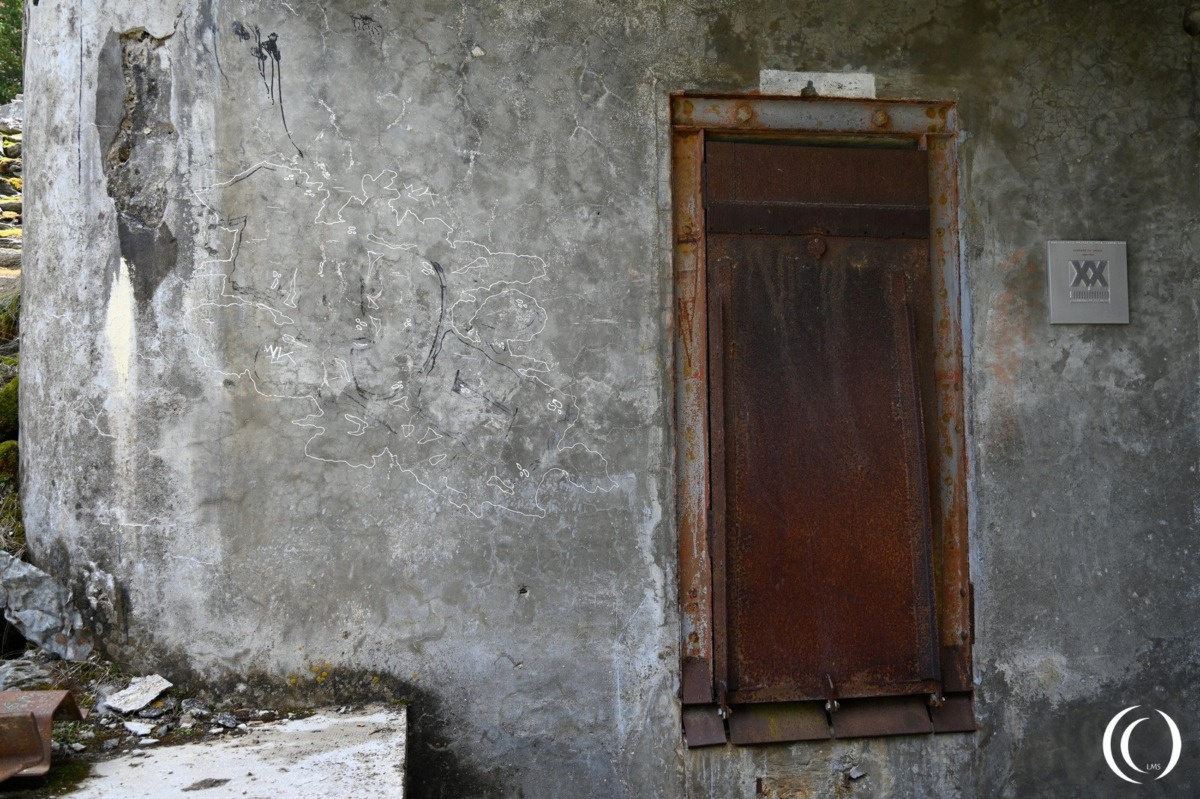
The blocks are divided into:
Block 1 for artillery; one heavy twin machine gun cloche, one anti-tank gun embrasure and two 75mm gun embrasures.
Block 2 for artillery; two 75mm gun embrasures.
Block 3 for observation; one observation cloche.
Block 4 for infantry; one grenade launcher cloche and two heavy twin machine gun embrasures.
Block 5 for artillery; one machine gun cloche, two 75mm gun embrasures and four 81mm mortar embrasures.
Block 6 for ventilation; this was unarmed.
Personnel entrance; three machine gun embrasures.
Supply entrance; one machine gun cloche, one heavy twin machine gun cloche, one heavy twin machine gun embrasure and one anti-tank gun embrasure.
The fortification contains four large water tanks and maintains diesel generators for power supply, allowing for long periods of autonomous operation.

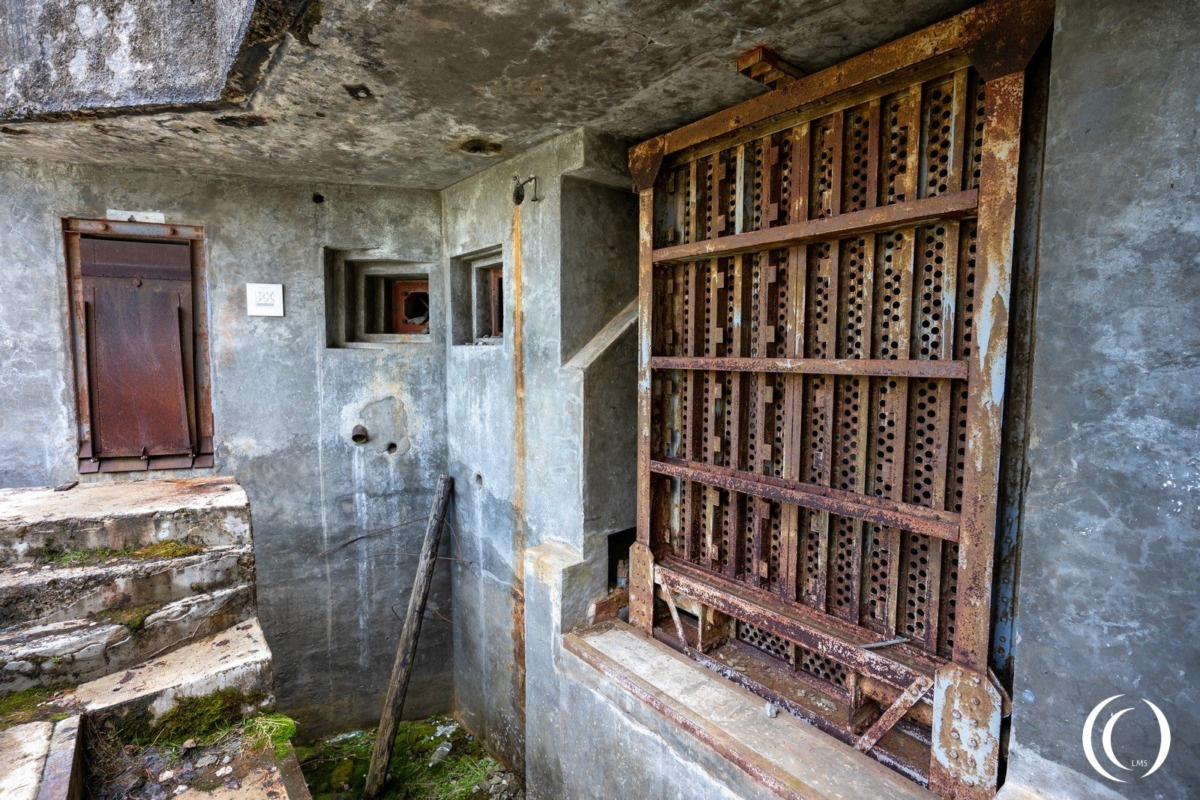

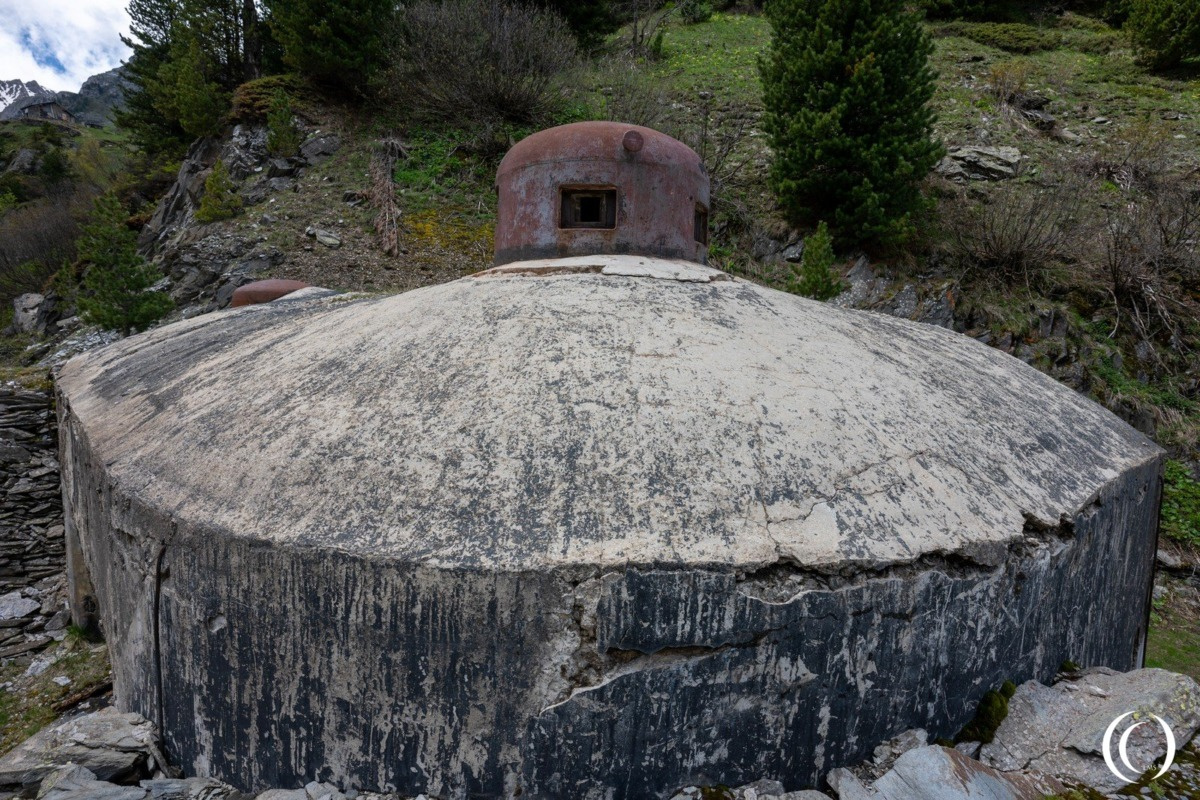
History
The mountains above Le Lavoir were the focus of an Italian invasion attempt during the Italian invasion of France in 1940. On June 20, Le Lavoir and Ouvrage Sapey fired on Italian forces in the vicinity of the advance post of La Roue, right on the border. The next day the Italian Superga Division infiltrated the area around Ouvrage Pas du Roc. Le Lavoir continued to fire on Italian forces through the day. On the 24th, Le Lavoir fired on Italian troops on the surface of Pas-du-Roc. An explosion in an 81mm mortar injured two of Lavoir’s gunners. The Gros Ouvrage Le Lavoir was under control by the 81st Battalion Alpin de Forteresse, 164th Régiment d’Artillerie de Position, with 7 officers and 218 men .
The armistice of June 25 put an end to action. Altogether, Le Lavoir fired 3818 shots, mostly on 24 June, the most of any ouvrage in the Marienne region.
After the 1940 armistice, Italian forces occupied the Alpine ouvrages and disarmed them. In August 1943, southern France was occupied by the German 19th Army, which took over many of the Alpine positions that had been occupied by the Italians until Italy’s withdrawal from the war in September 1943.
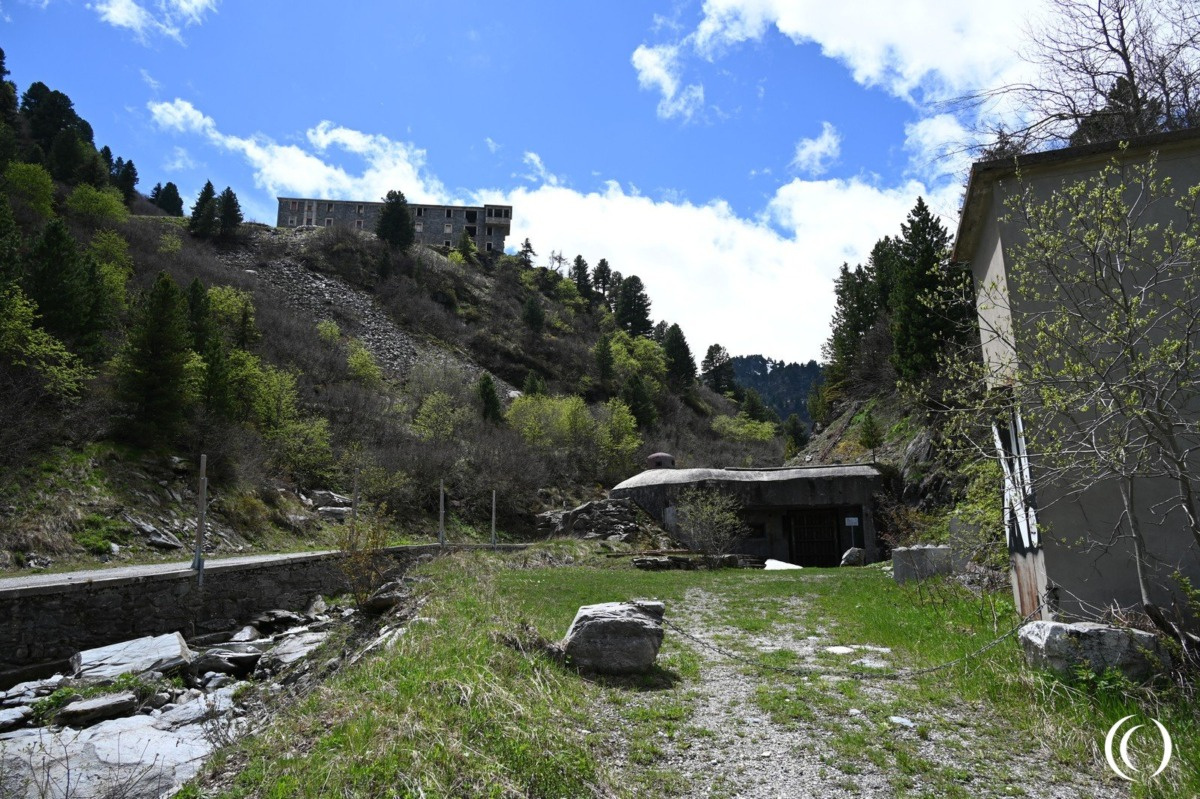




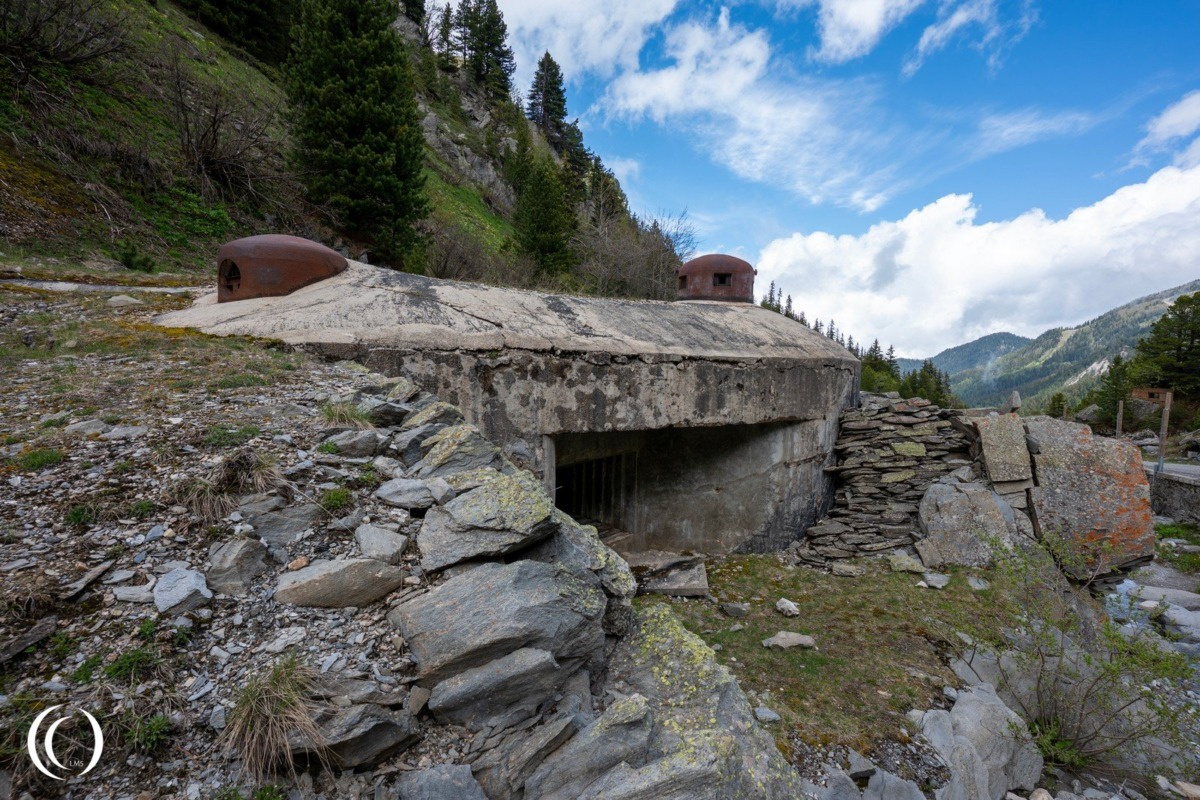
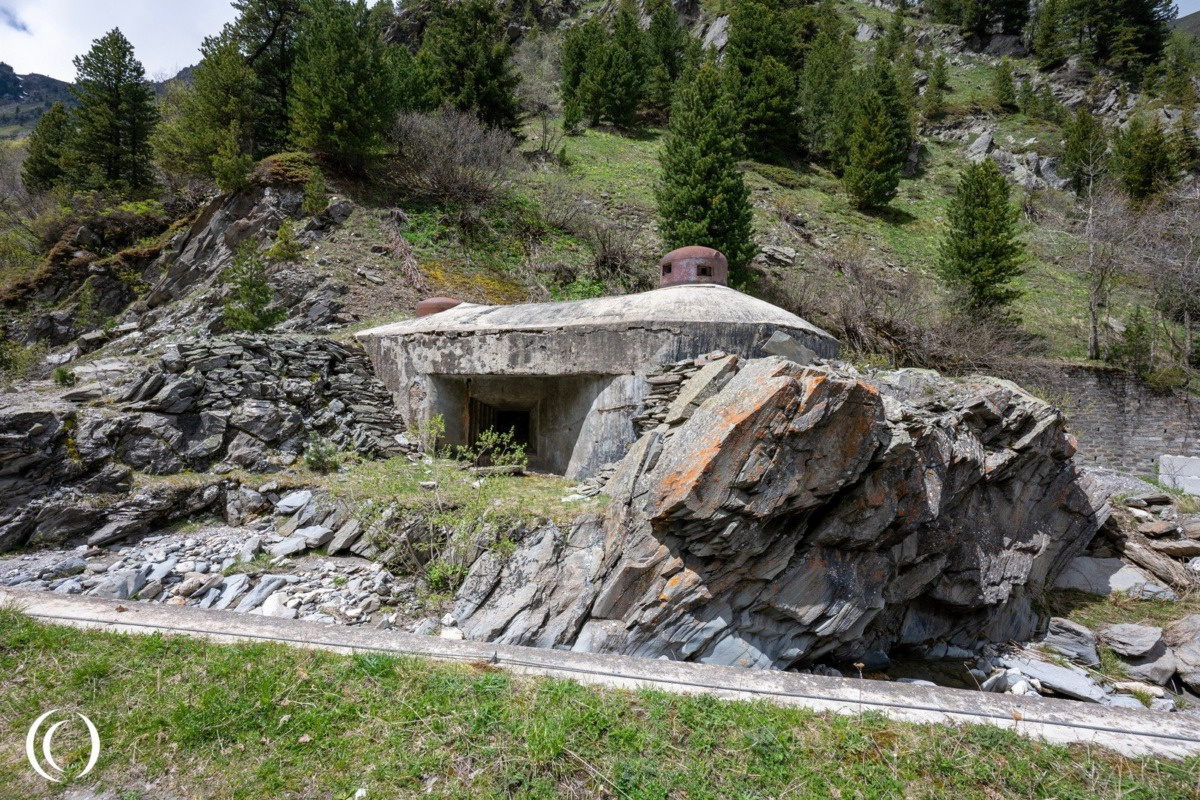
In 1944, Le Lavoir was recaptured relatively easily on 13 September, along with the other strongpoints around Modane. The Maurienne positions had suffered little damage during the war and by the end of 1944 were partly repaired and placed into service. Immediately after the war, the Maurienne region was regarded as an area of medium priority for restoration and reuse by the military. By the 1950s the positions in the Southeast of France were restored and operational again. However, by 1960, with France’s acquisition of nuclear weapons, the cost and effectiveness of the Maginot system was called into question. Between 1964 and 1971 nearly all of the Maginot fortifications were deactivated.

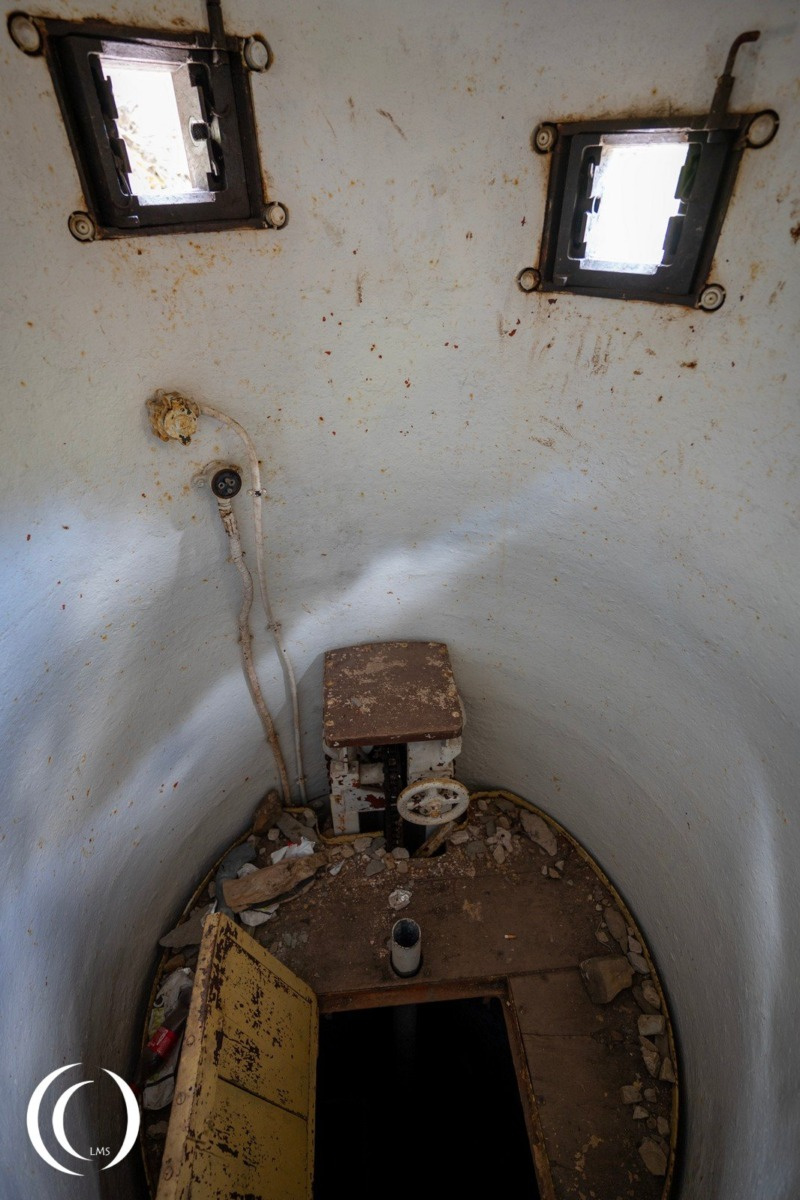
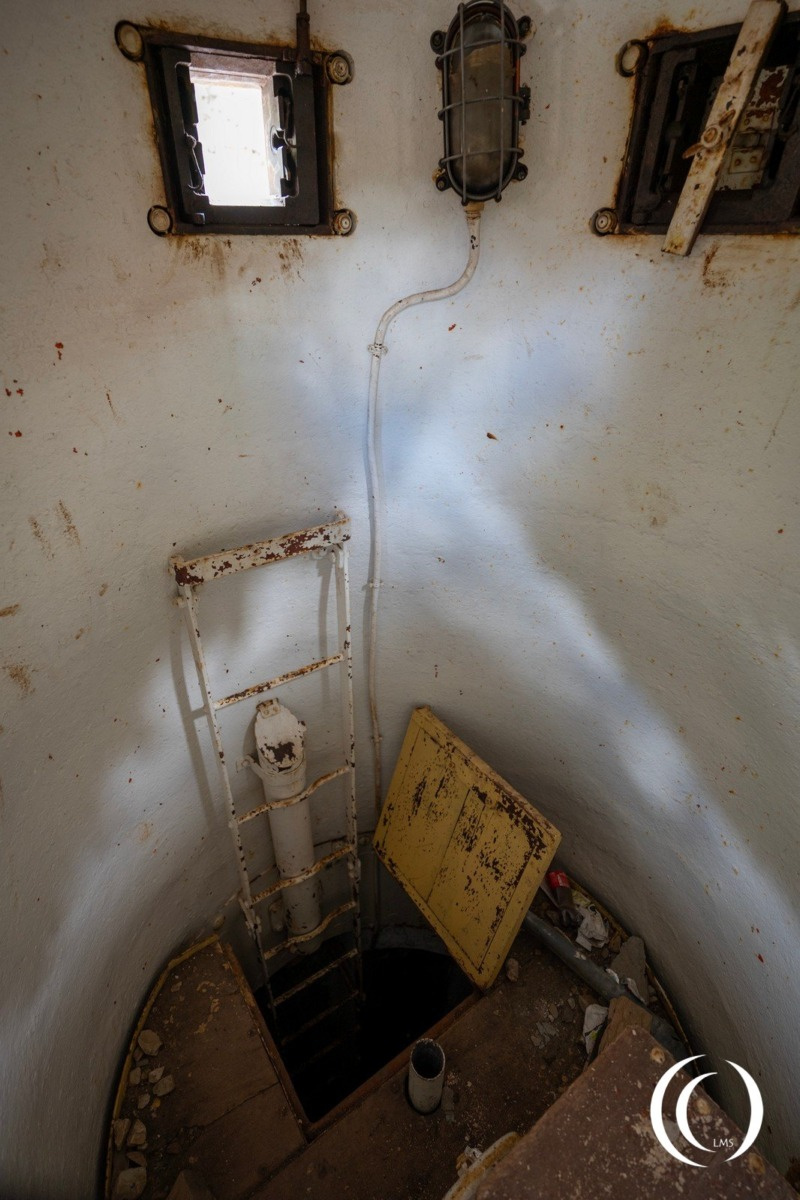
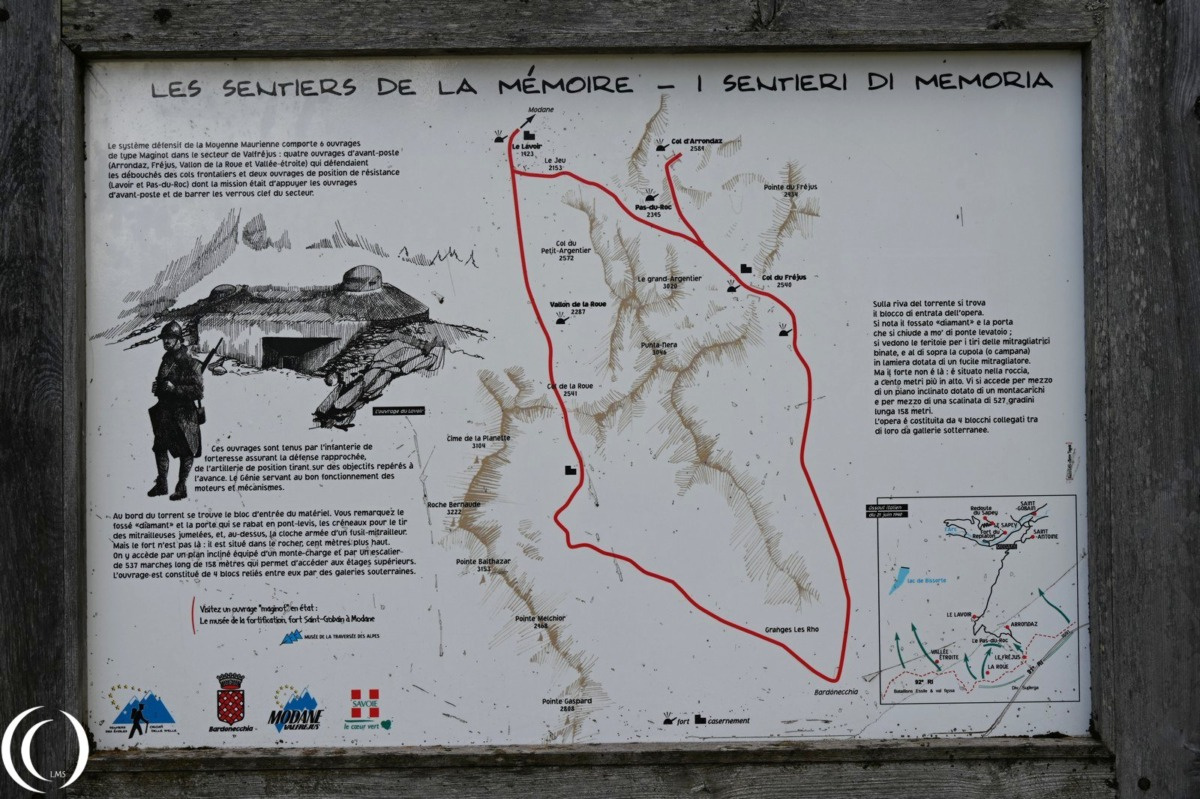
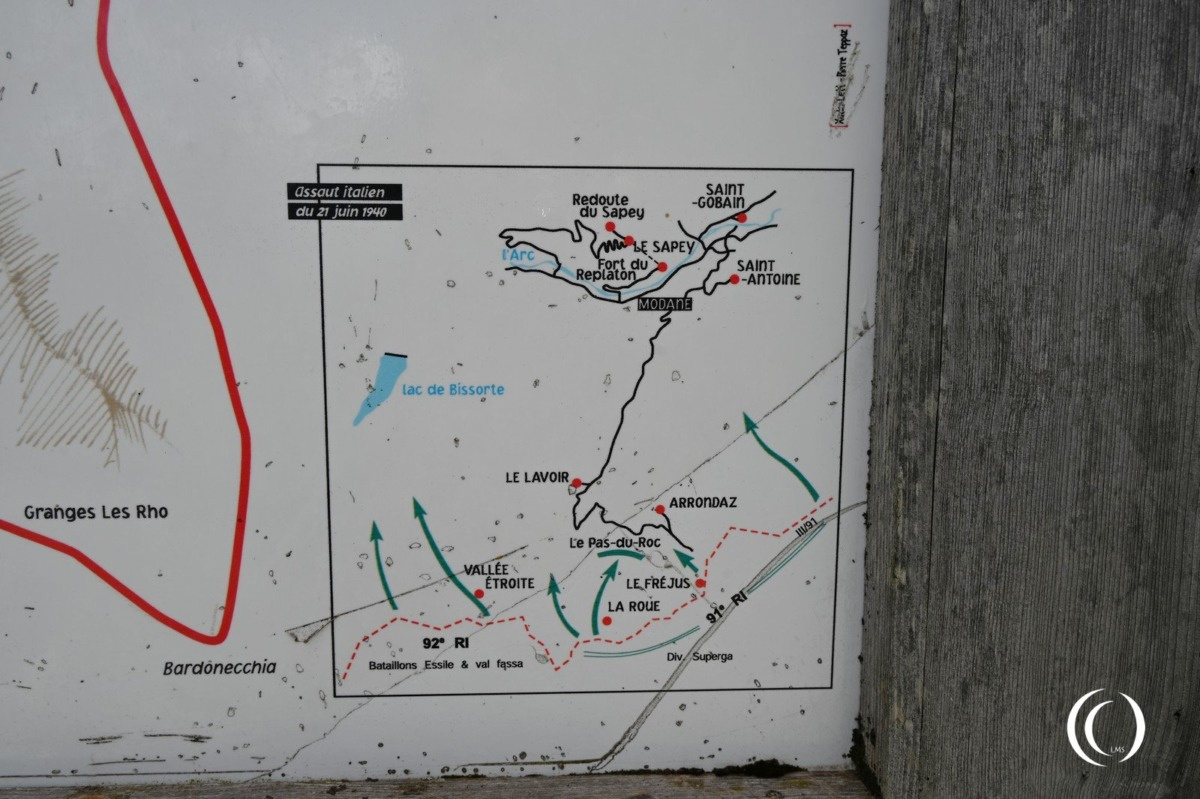


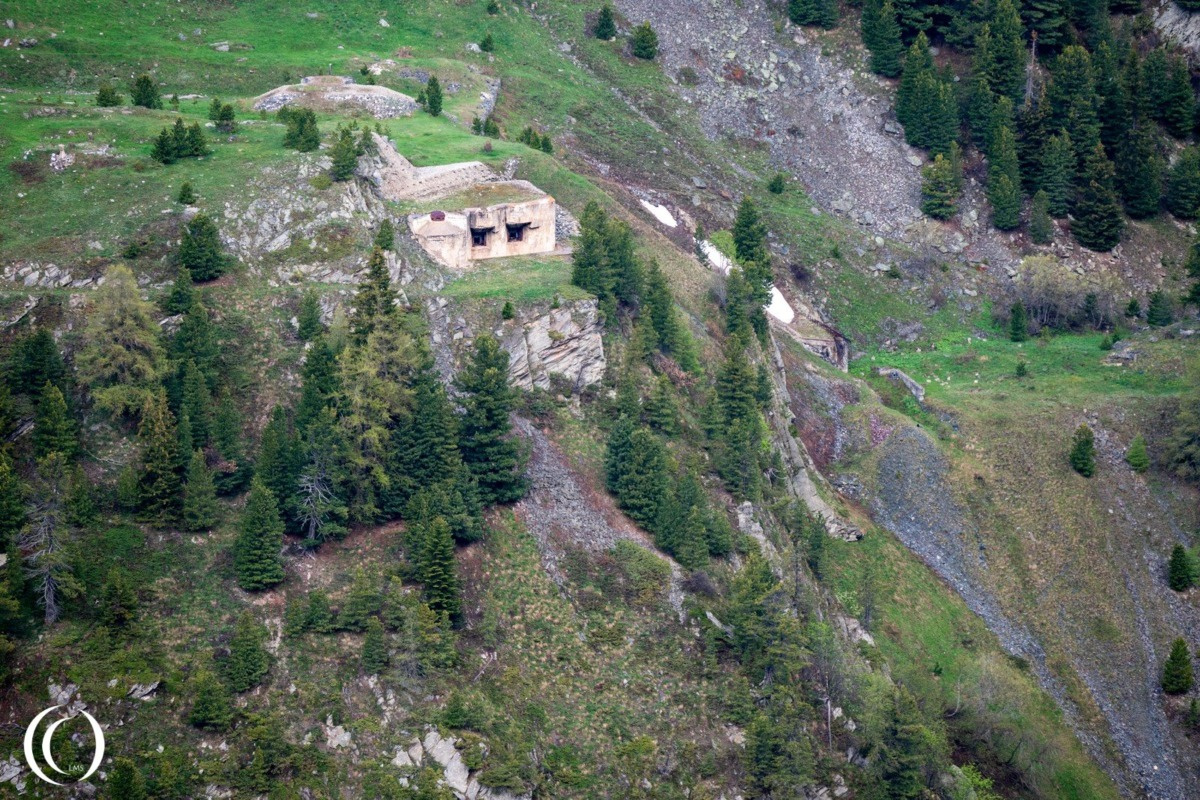
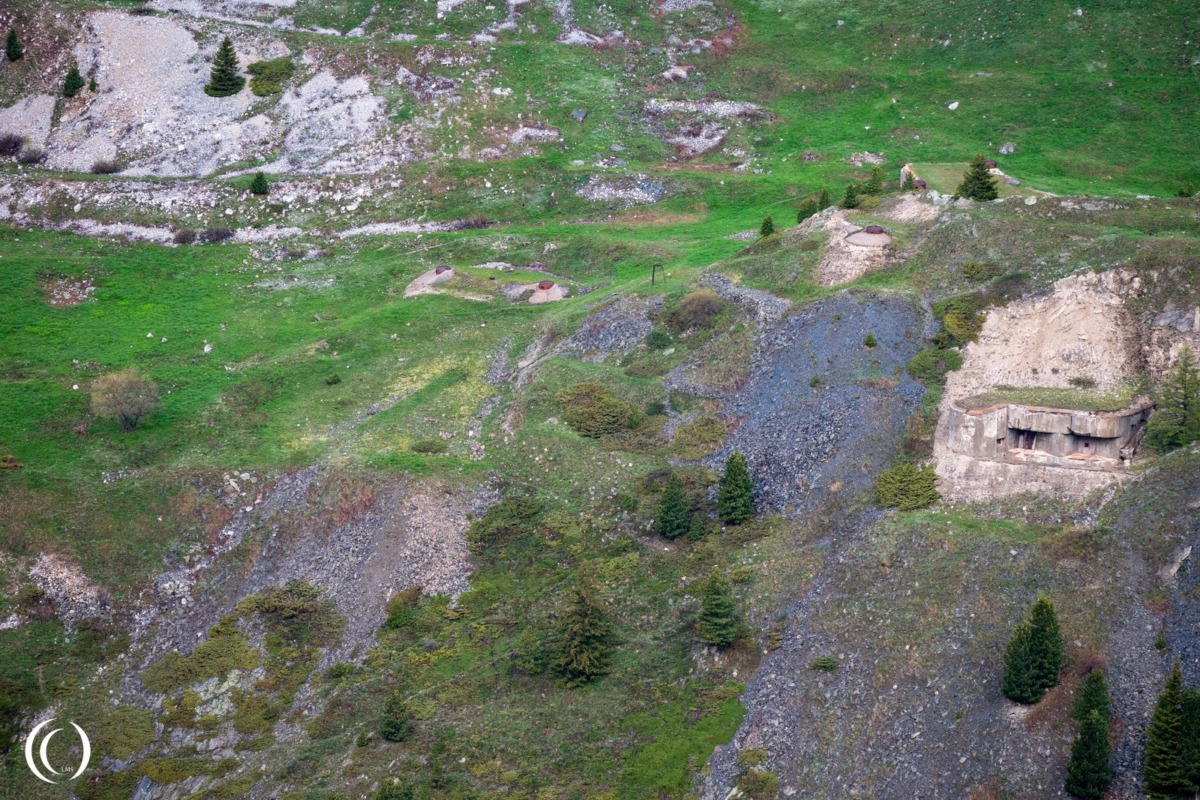
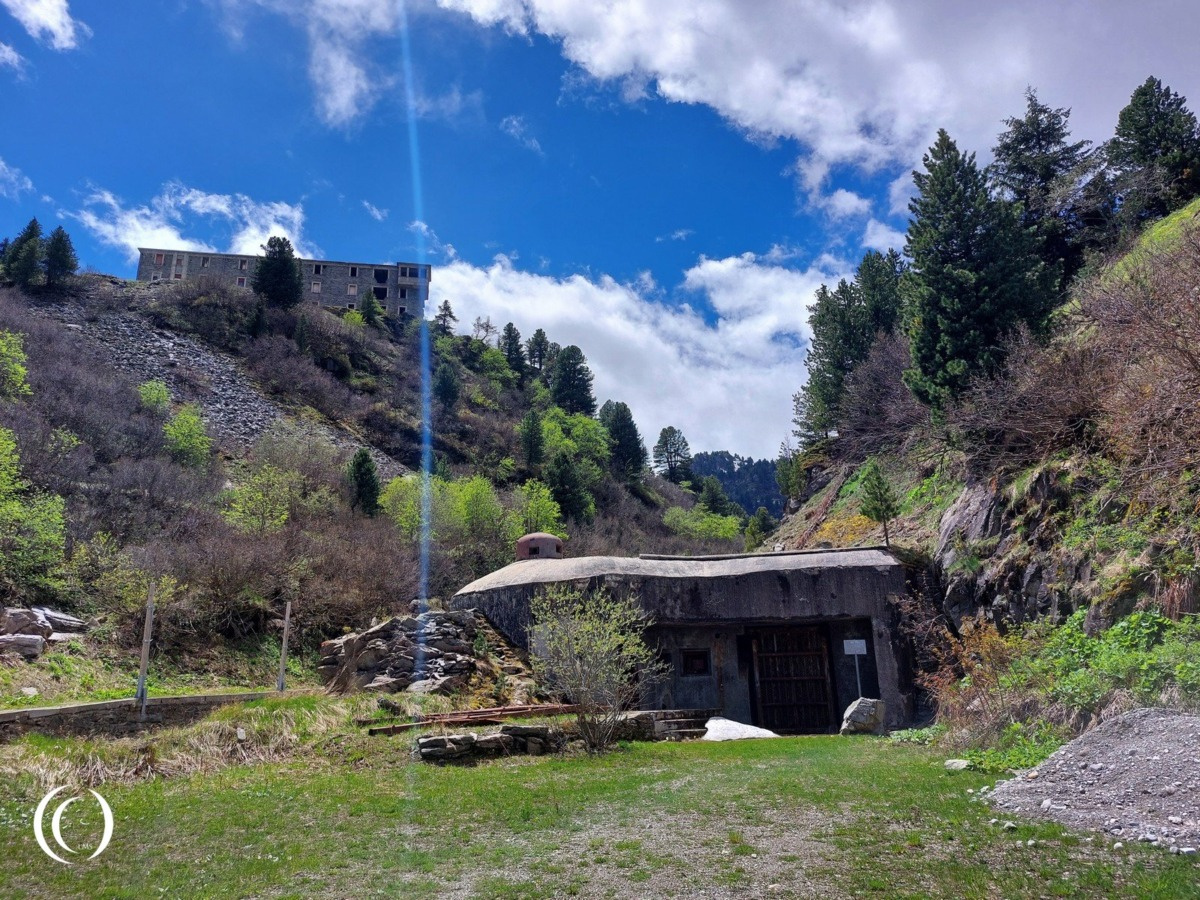
Visit
The Gros Ouvrage Le Lavoir lies near a small mountain road but is not open to the public.